Gold miners in Russia recently discovered a unique find: a mummified woolly rhino carcass beneath the permafrost.
This incredible discovery could lead to knowing more about this extinct species. It could even help a group of scientists in their quest to bring now-extinct species back to life.
What Were Woolly Rhinoceroses?
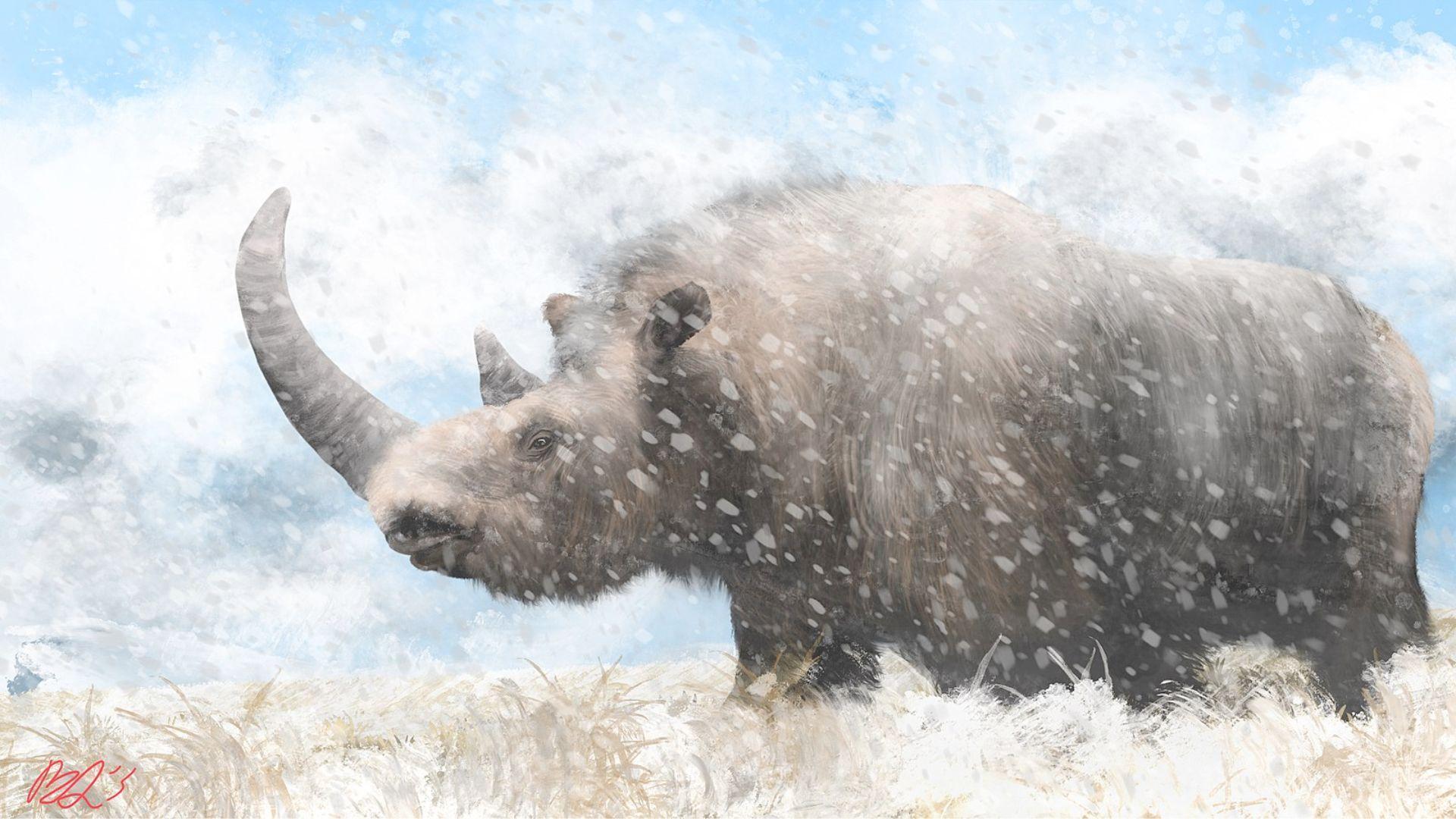
The woolly rhinoceros lived until the later Ice Age. They were found in northern Eurasia until at least 18,500 years ago.
Woolly rhinos resemble the modern-day rhinos that can be found in Africa and Asia. However, they were much larger and had a thick coat of fur. Also, they had two horns on their heads.
Where Was the Rhino Found?

The ancient woolly rhino carcass was found in eastern Russia. Specifically, it was found by a group of miners in the Gulag prison camp region of Kolyma.
At first, the miners were unsure what it was: it just seemed like an oddly shaped lump of earth. However, they soon discovered a surprisingly well-preserved carcass of a woolly rhinoceros. They made sure to document their find by taking many pictures.
A Special Find
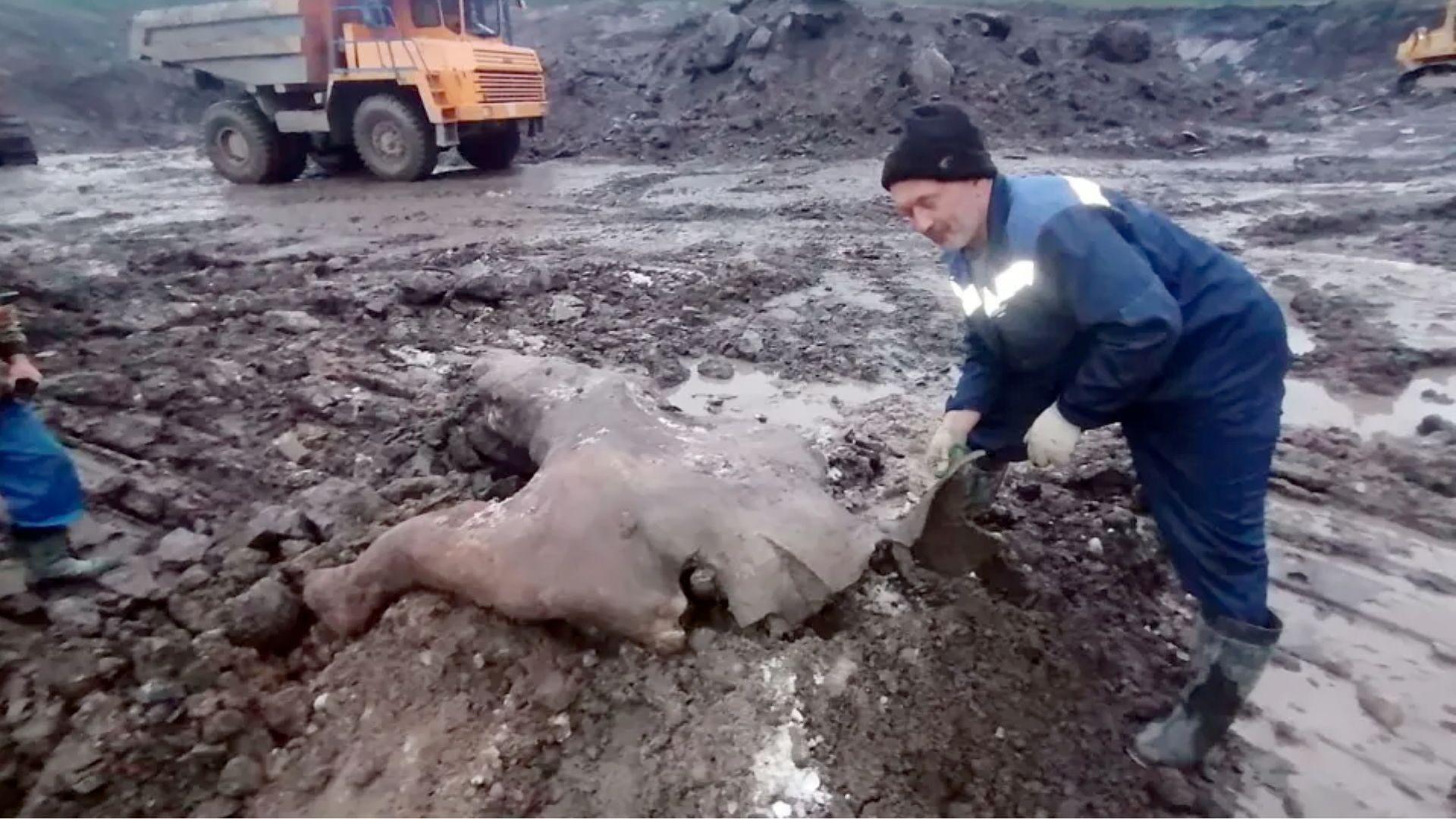
Denis Petrov, a junior researcher of the Northeast Integrated Research Institute of the Far Eastern Branch of the Russian Academy of Sciences, gave his opinion.
“Any finds of entire mummified body fragments of representatives of the mammoth complex are a unique material for a wide range of studies that will allow you to learn new information about the individual development of animals, diet, living conditions,” he said.
How Did it Stay in Good Condition?
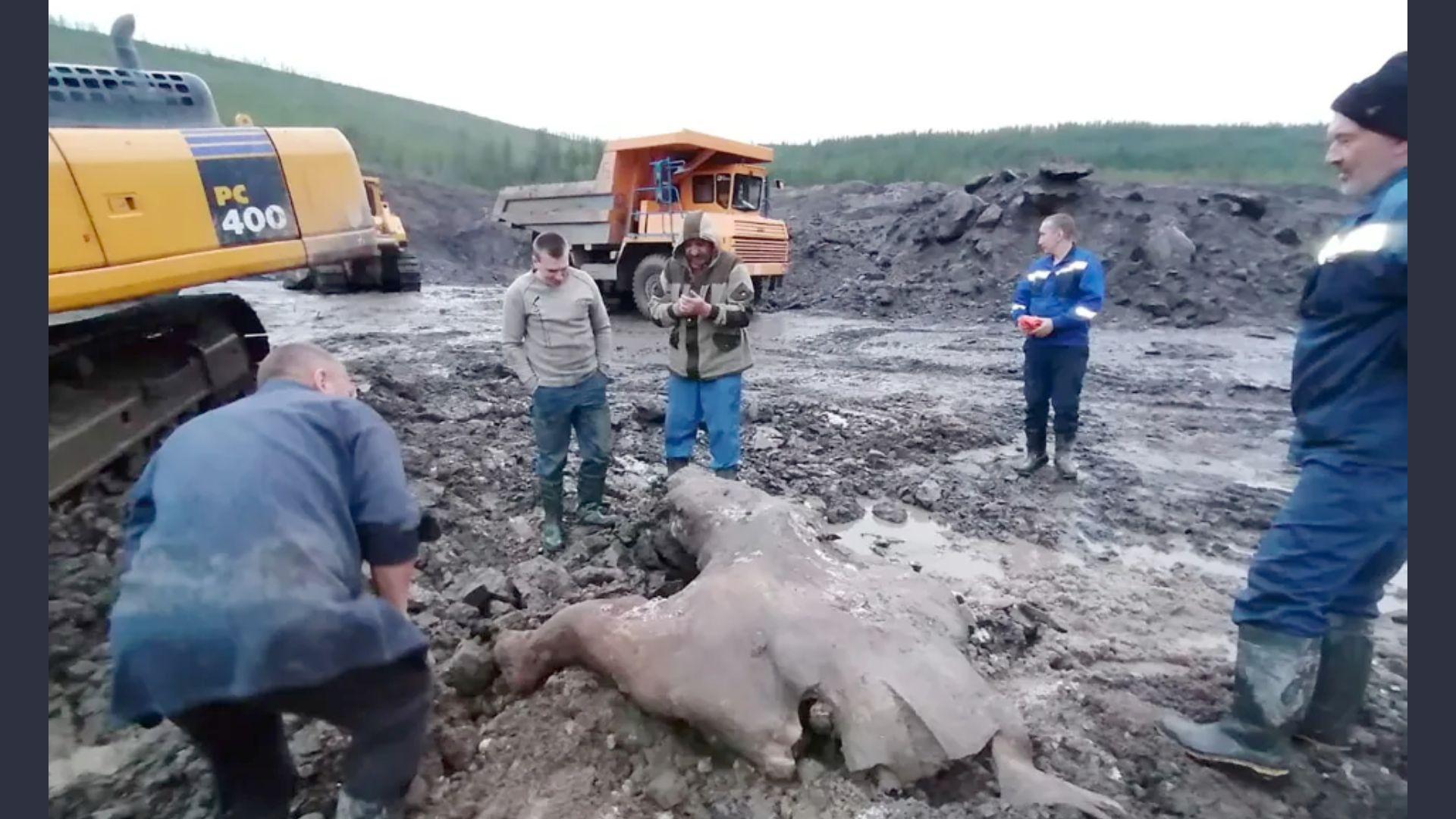
Most of Russia is incredibly cold for most of the year (if not year-round). The region where the body was found is mostly covered in permafrost.
This permafrost ensured that the carcass did not decay. Instead, it froze the rhino. Essentially, the deep freeze mummified the carcass.
Remarkable Rhinos
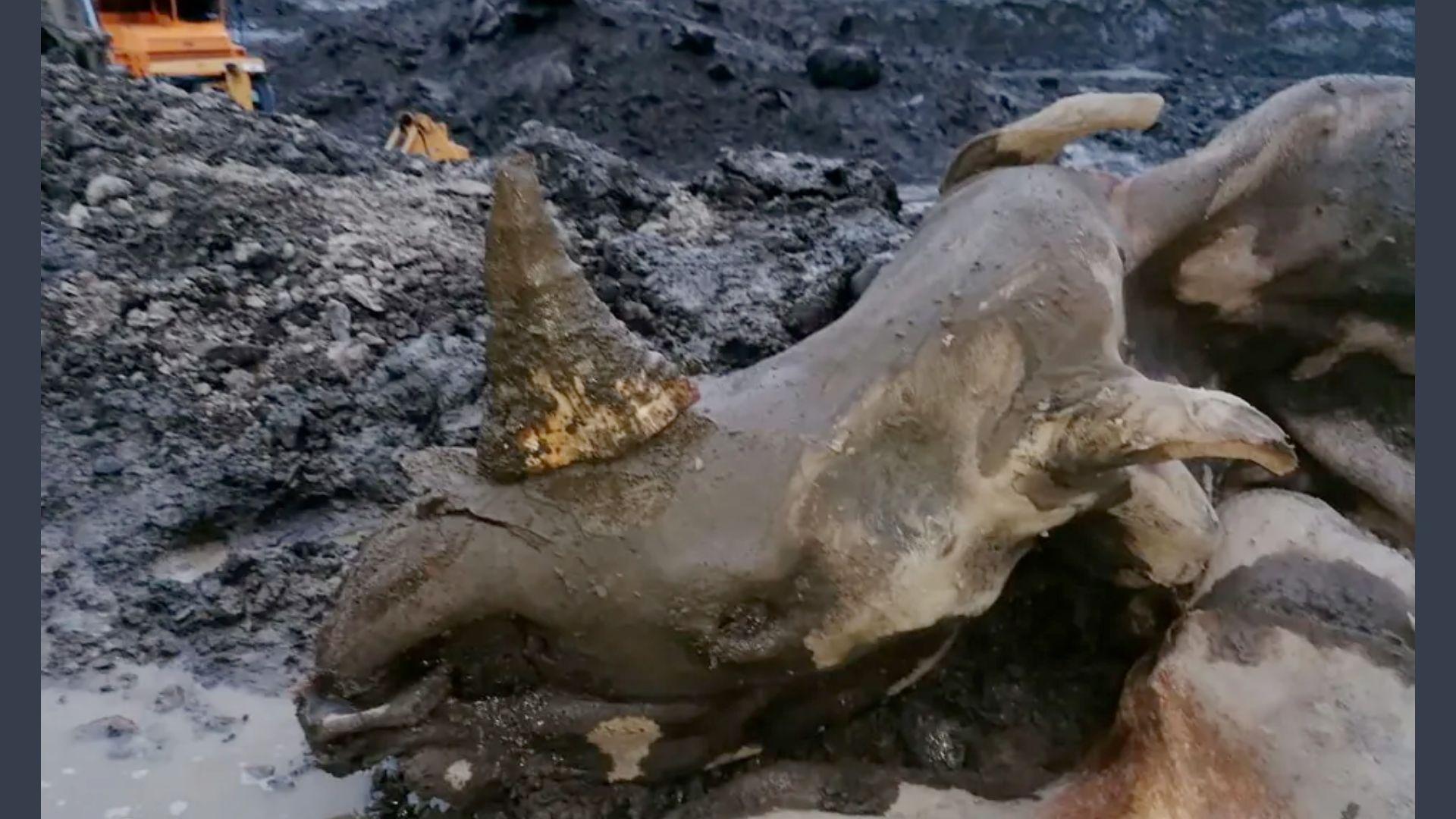
Woolly rhinos, aside from living in harsh conditions of Siberia, also resided in more temperate grasslands. The recently-found rhino is not the first of woolly rhino remains that have been found.
Several woolly rhinoceros specimens have been found before. They were either frozen in Siberia (like the recent find) or preserved in oil seeps in Central Europe.
The 2020 Specimen

For example, in 2020, another “remarkably preserved” woolly rhino specimen was discovered by locals in eastern Siberia. This 2020 carcass was uncovered due to melting permafrost in the Abyisky region of Yakutia in north-eastern Russia. The rhino was believed to have been from the late Pleistocene era, somewhere between 20,000 to 30,000 years ago.
At the time, it was reported, “With most of its internal organs intact, the rhino is among the best-preserved animals ever found in the region.” Valery Plotnikov, a researcher who examined the 2020 specimen, said that the rhino was likely three to four years old at the time of death.
Why Did Woolly Rhinos Go Extinct?
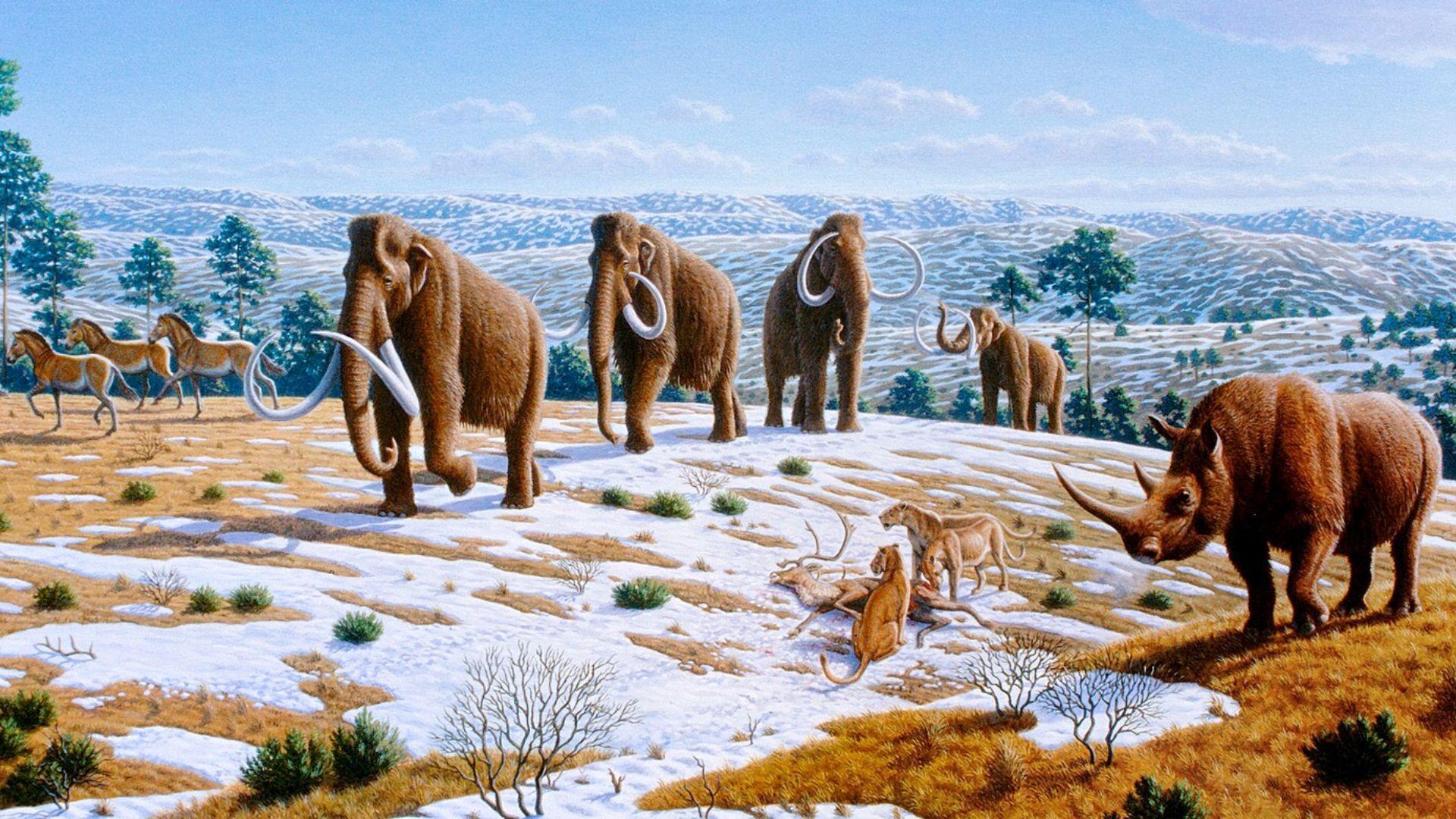
According to some theories, humans hunted the woolly rhino to extinction. However, this is most likely untrue.
It is far more likely that the rhinos died because of climate change. At the end of the Ice Age, about 10,000 years ago, the climate rapidly got warmer. As a result, many animals, including the woolly rhino, went extinct.
Bringing Extinct Animals Back

According to The Sun, some scientists want to bring extinct animals—like the woolly rhino and woolly mammoth—back to life.
Discoveries like these found woolly rhino carcasses could help in this science-fiction-sounding quest. Scientists hypothesize that we could bring now-extinct species back to life by using DNA found on well-preserved remains.
A Gift to Science
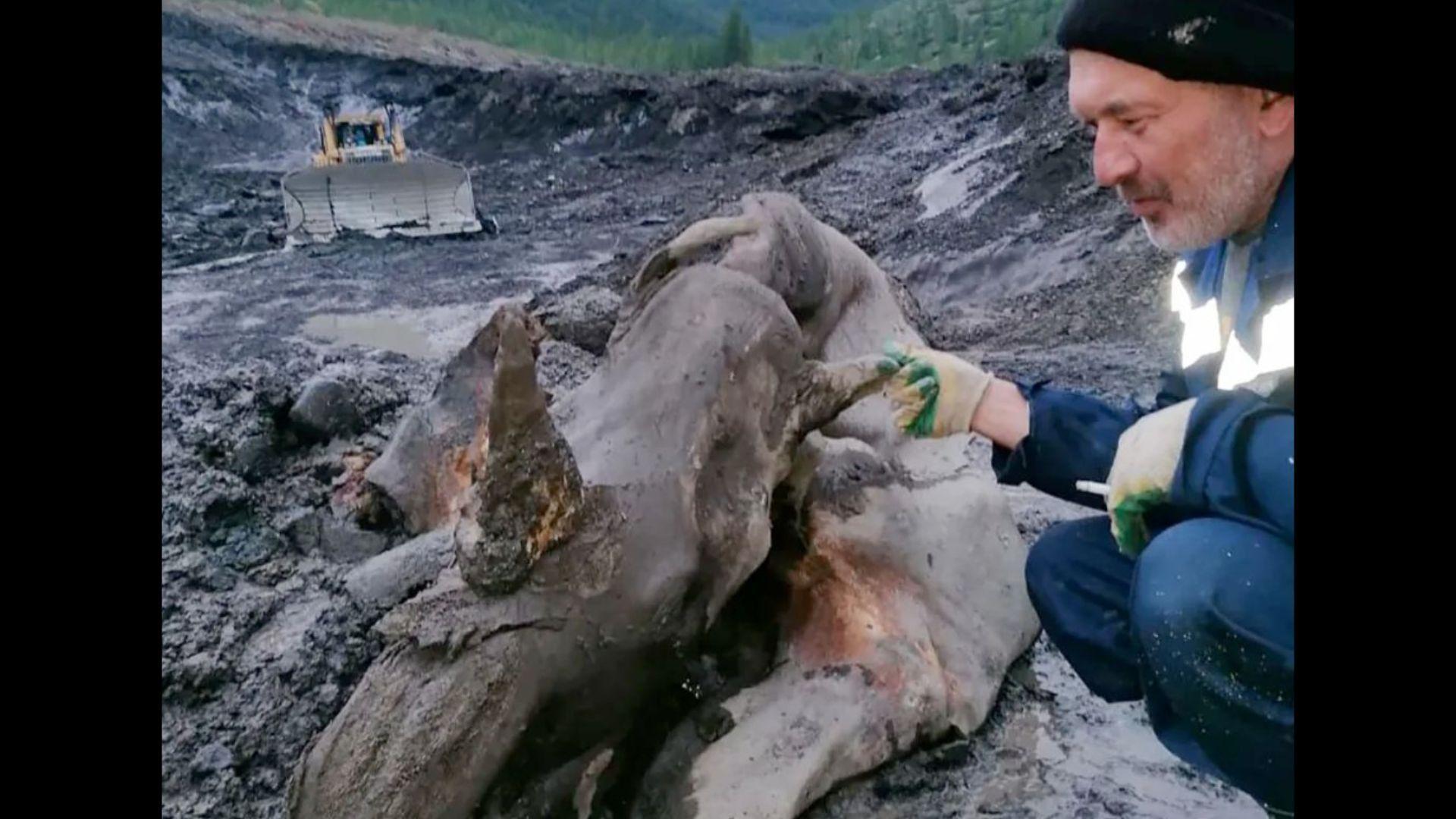
More information about the recent woolly rhino find is yet to be discovered. Petrov said in a statement to Russian media, “I really want to believe that this find…was made by responsible citizens who will pass it on to scientists.”
Luckily for Petrov and all science-curious people, the 2024 specimen has been given to a group of scientists for further study. And who knows! Maybe the discovery of this interesting, ancient woolly rhino carcass will allow experts to bring this extinct animal back to life.

